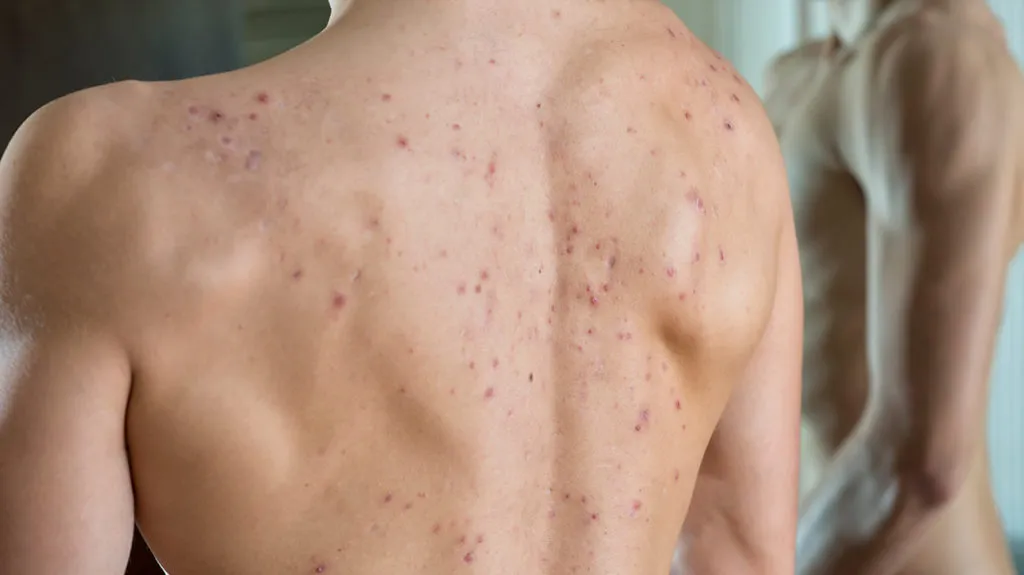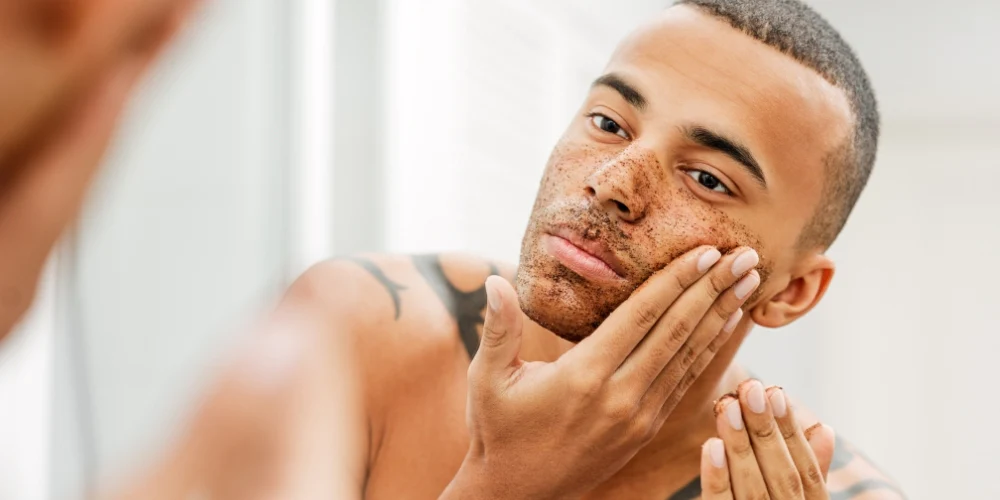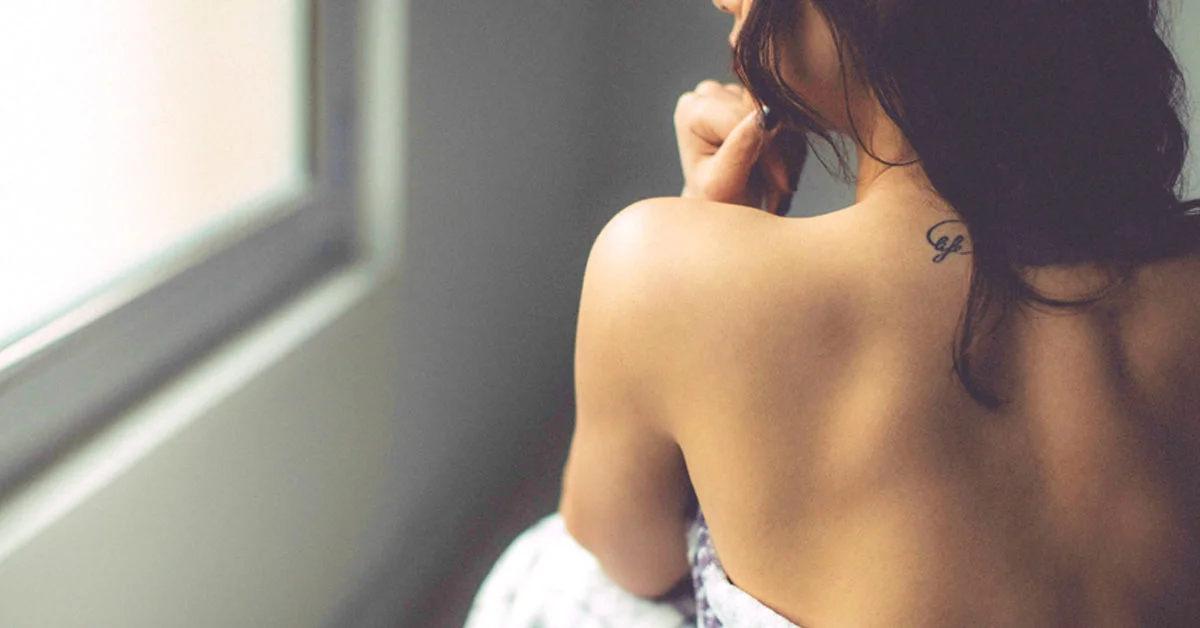Nobody likes to have acne—it can make someone look unpleasant. Unfortunately, having acne is like a rite of passage. As you pass through your adolescent and young adult stages, you may expect a few dotting to develop across your face. But for others, they also need to address breakouts throughout their chin, chest, and even their back.
While many focus on what erupts in their faces, acne can cause breakouts on your chest and back as well. People often experience it a lot in their younger years; unfortunately, it’s more common in men than women. And although it can be extremely embarrassing, it can be treated and kept under control, like facial acne.
If you want to know how to get rid of your chest and back acne, look no further. This post highlights expert-approved tips that may help clear your skin from disturbing and unpleasant body acne for richer, healthier, and younger-looking skin. Yet before that, it’s better to understand why body acne develops. Keep on reading below.
How Does Body Acne Develop

Body acne develops when the pores of your skin get clogged with dirt, sweat, oil, and grime. It’s more common in people exposed to risk factors like skin oiliness and hormonal activity. If you’re prone to acne, the following acne types might start developing on your chest and back:
- Blackheads: These small, circular, dark bumps results from hair follicles filled and clogged with dirt and oil.
- Whiteheads: This acne develops when your pores are clogged with dead skin cells, bacteria, and oil.
- Pustules: These are painful red bumps that contain pus, a yellowish liquid that develops when the pore cavity becomes infected due to oil, bacteria, and hormonal activity.
- Pimples: These bumps smaller than pustules occur due to infected or clogged sebaceous glands, causing them to swell and be filled with pus.
Another risk factor you should be wary of is a pre-workout drink. If you’re taking a pre-workout protein mix before hitting the gym, you might be at risk of developing body acne due to some ingredients (e.g., whey and sugar).
If you want to know more about the relationship between acne and pre-workout drinks, you may visit resources like Luminance RED for more information.
How To Get Rid Of Body Acne For Clearer Skin
Wondering how can body acne be rid of? Below are some tips that may help you get rid of all the acne across your body.
1. Take A Bath Regularly

If you don’t take a bath regularly, you’ll be at higher risk of developing body acne. Taking a bath daily prevents acne by removing unwanted elements that may clog your pores. These often include:
- Oil (sebum produced by sebaceous glands);
- Dead skin cells;
- Bacteria;
- Dirt (e.g., pollutants, dust, etc.); and the like.
To reduce the risk of developing body acne, take a bath daily—even in colder months when most people like to lie down. If it’s the water’s too cold, you may use lukewarm water instead. A fun fact: cold water is good for the skin because it closes the pores, preventing unwanted elements from blocking them.
2. Use An Acne-Fighting Cleanser
Although some soaps and body wash may get rid of oils and dirt, some products are specifically developed to combat acne breakouts. These acne-preventing cleansers contain active ingredients that fight all kinds of acne head-on, such as benzoyl peroxide and salicylic acid.
When buying an acne-fighting cleanser, look at the ingredient section and see if it contains any active ingredients. Aside from that, make sure it has no harmful chemicals, such as fragrance, sulfates, alcohols, parabens, phenoxyethanol, phthalates, formaldehyde, and others.
If you see these in the ingredient section, then keep your hands off that product because they might cause skin irritations and infections. And they might make your acne much worse than you can imagine.
3. Exfoliate Twice Or Thrice Weekly

Exfoliation is the process of removing dead skin cells on the surface of your skin for new ones to emerge (cell turnover). This prevents the pores from clogging due to dead skin cells.
However, it’s not recommended to exfoliate your skin daily; otherwise, even the new skin cells, including natural oils, will be removed. This will leave your skin drier than before, making it more prone to irritation, infection, and inflammation
Most dermatologists suggest exfoliating your skin twice or thrice weekly to prevent excessive dryness that can lead to irritation.
In addition, it’s best to use chemical exfoliators (e.g., salicylic acid creams) instead of physical ones (e.g., cleansers with microbeads and loofahs). This is because physical exfoliators can cause microtears on your skin, leaving it exposed to bacteria, dirt, and oil.
4. Use Non-Comedogenic Moisturizers
Non-comedogenic is a term used to describe skincare products that are anti-pore-clogging. This is crucial when choosing a moisturizer, cream, or lotion in the market.
Using a non-comedogenic moisturizer can keep your skin hydrated, plump, and supple without the risk of developing body acne, unlike comedogenic ones. On top of that, some creams and lotions contain salicylic acid to eliminate existing acne.
You may consider choosing products without fragrance and other harmful chemicals as well in order to prevent skin irritation and inflammation.
5. Use Spot Treatments

The main goal of using spot treatments is to reduce the appearance of acne breakouts by shrinking them and healing the inflamed, reddish skin.
The most common spot treatments in the market contain salicylic acid and benzoyl peroxide. Experts prefer the former because the latter may cause bleaching to your clothing. Nevertheless, applying salicylic acid to larger areas can cause toxicity.
In fact, you can consider the following home remedies:
- Charcoal: Some masks have charcoal as one of their active ingredients, which is well-known for fighting acne by drawing out the impurities that cause it.
- Tea Tree Oil: This is a popular remedy for acne. It may be effective in treating acne, but it requires more time compared to medications.
- Cinnamon-Honey: This combination is one of the best home remedies for fighting acne. Cinnamon and honey have antimicrobial properties—together, they can combat breakouts and reduce acne inflammation.
But before using these home remedies, make sure to do patch testing to determine if there’s any adverse reaction.
Final Words
Body acne is a result of dirt, oil, and bacteria clogging the pores of your skin. But don’t fret; it’s a treatable condition. All you need to do is maintain the cleanliness of your body by taking a bath regularly, exfoliating your skin, keeping your skin moist using non-comedogenic creams and lotions, and using spot treatments. If the breakout persists, seek dermatological help for expert treatment and advice.






